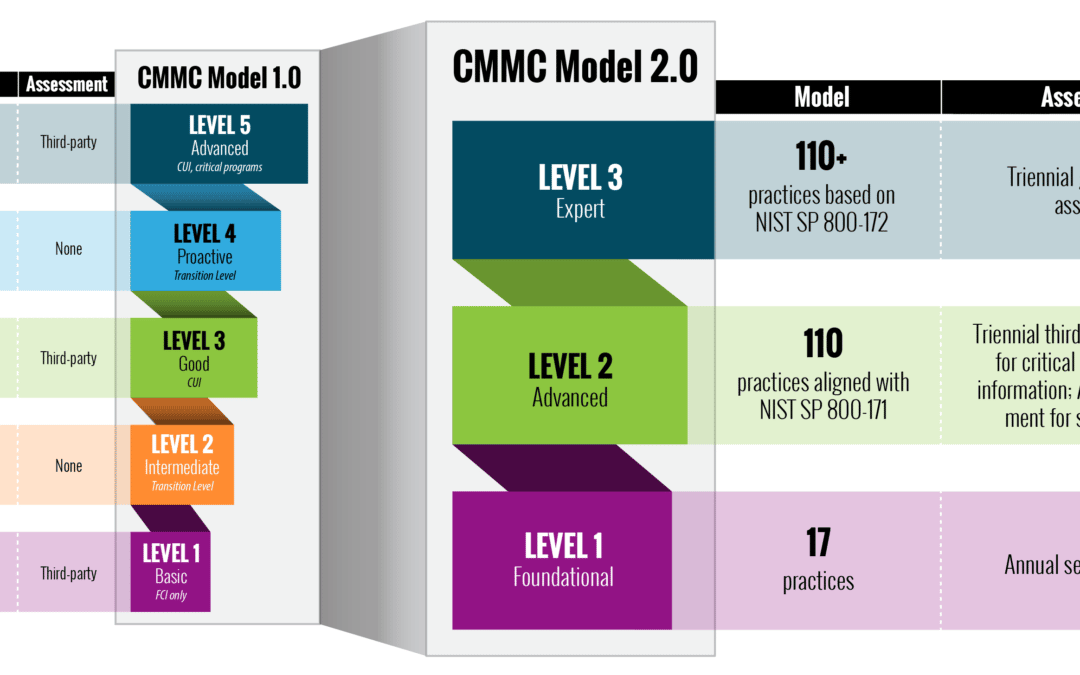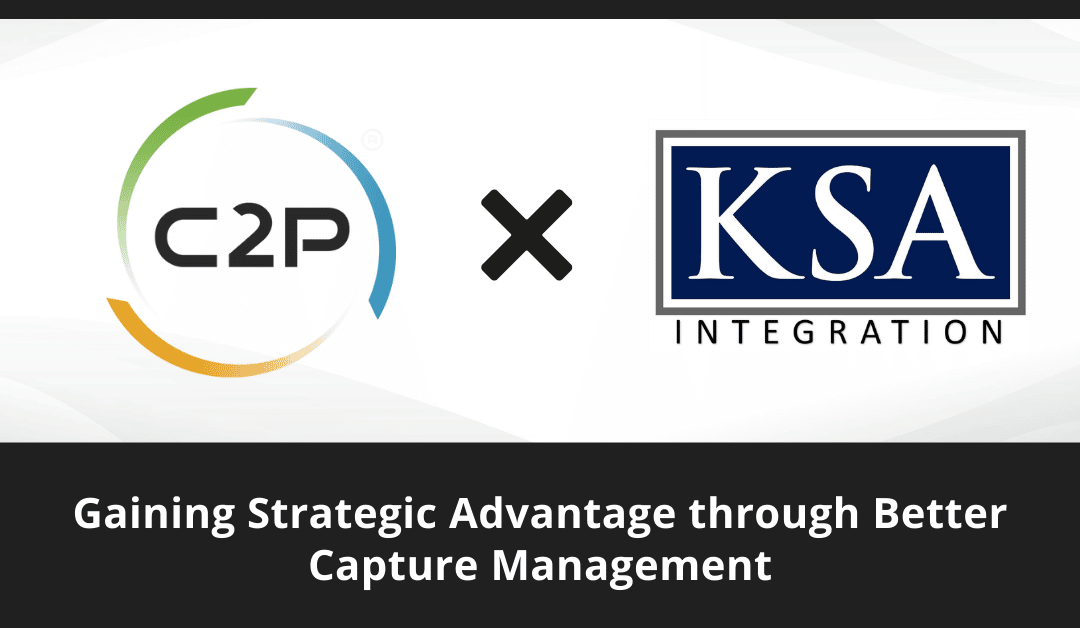

In DoD contracting, Other Transaction Authority (OTA) solicitations are very popular. OTAs are hyper-streamlined, relatively free of encumbering DFAR and FAR regulations, very innovative, and flexible. You don’t even need to be a registered government contractor to bid! However, most OTAs are released through consortia, and in order to make a bid, you need to be a member. Below, we break down some of the ins and outs of OTA solicitations and consortia.
What Place Do OTAs and Consortia Have in Government Contracting?
A consortium is a formalized group of businesses banding together public, private, and research institutions with a common goal to pool knowledge and resources to achieve that purpose or to drive advancements in their domain.
The use of consortia to solicit specific types of OTA contracts arose many years ago, chartered by the Army Contracting Command (ACC). The list of consortia with ties to government contracting is continuously growing; Capture2’s resources include a regularly updated list of Consortia doing business in the federal domain.
In 2015 Congress broadened the scope of the projects allowed to use OTAs to include a much wider range of R&D and prototyping activities. Under the new, broader requirements, a Government agency can use an OTA to engage with government or civilian contractors for cutting-edge research and prototypes that enhance the mission in any way. OTAs are also often used as a proof-of-concept or a steppingstone in a process that leads to a larger, more lucrative contract for the design and build portion of the work, once the initial R&D and prototyping work has been completed.
OTA Contracts often follow a three-phased approach:
- Concept Phase: For this phase, the requirement is often an answer to an open-ended question meant to solicit new ideas. The proposal requirement is often a five-page, double-spaced, twelve-point font concept paper explaining your idea.
- Proof of Concept Phase: If they like your idea, they may ask for another whitepaper focusing on the specific technical design and expected results. At this point, the Program Office may engage the help of an independent Not For Profit (NFP) trusted agent (Lincoln Labs, Carnegie Institute, GTRI, et al) to oversee your process for quality assurance (QA).
- Prototype Phase: If you made it this far, the Government considers you a “teammate” and will fund, including fee, the development of the prototype.

PROs and CONs of OTA Consortia
- PRO: Becoming a member of an OTA Consortium is very simple. You just fill out a form online, pay your yearly dues, often around $500, and step right in to participate. In some cases, once you join a consortium, you can even access opportunities posted to other consortia that are hosted by the same management firm.
- PRO: This one is the most obvious. Traditional government solicitations can take years to win. The OTA contract takes as little as two months to get started.
- CON: You won’t find an abundance of applicable opportunities in any given consortium, and new opportunities may be released infrequently. But remember that each consortium has its own specific niche which presumably aligns with your capabilities, as this is why you joined the consortium in the first place! Thus the opportunities in there, while limited in number, should be at least somewhat relevant to your work. Indeed, this focus could be considered a PRO rather than a CON!
- PRO: Paperwork during the first phase is minimal and intentionally limited—so it’s not a long and involved process. They don’t want you wasting a lot of time putting it together if they may not be interested in it.
- CON: During the initial phase, it’s almost impossible to use so few pages to explain your entire technical design! Thus, it is important that your customer knows you and your solution and is championing the concept. This will greatly increase the likelihood of acceptance.
- PRO: Under an OTA solicitation, they allow a contractor to be paid for innovation. If you’re a small or mid-sized business (SMB), and have an idea, the Government can award you cash to go through the proof of concept and pay for you to develop your prototype.
- CON: Gotcha! Now the Government owns rights to the prototype. This is changing in some instances, but it is important to remain aware of who will own the work, and how it can be used for the purposes of promoting and developing future business.
If a large majority of the prototype is proprietary, then it better be amazing and unique because that will cost you the deal and the government will cancel. Be realistic about what IP you’re willing to “sell” for the price of a funded R&D! Remember, you’ll share data rights with the government in most cases.
- PRO: The IP, or intellectual property issue, always comes up, as the Government wants to own it. But, you can negotiate that by saying there is one part you need to keep. This is allowed under a DFAR waiver, which they can enact as part of the OTA solicitation.
- CON: Most contracting shops will take the prototype that they now “own” and put it out to the open market for bids for production. So, you can end up competing against the big guys to produce your own prototype. It takes a little gamesmanship to win these bids, especially if you are bidding against some bigger fish. At this point, the bids are also often limited to registered government contractors, so if you plan to bid, you need to be registered.
- PRO: There are some exemptions where the contract office will go right into production with you by obtaining a DoD waiver, provided the prototype meets certain qualifications, for example, the cost is less than $1M, or the technology is so unique that no real competitors exist.
- PRO: For companies that are new to government contracting, you just got the opportunity to make some money and get your idea in front of the Government. You can always partner with a bigger fish to win the follow-on bids. In the meantime, keep the work up making contacts, building your brand, and enjoying the benefits of OTAs and consortia for creating a new pathway into government contracting.
For many companies, the benefit of joining a consortium that fits their product or service domain is a no-brainer. The benefits extend beyond the access to government contracts and allow the company access to a community devoted to improving the domain and bringing new opportunities to its members. However, being in a consortium does not mean that once you pay your $500 you’re going to walk away with new business. Remember the “Three Ps” to win any kind of solicitation: Planning, Preparation, and Performance!
Related Content

Protecting CUI, and CMMC Compliance for Business Development and Proposal Management
How a Cloud Services Provider for CRM and Proposal Management Reduces Your Risk and Cost of CMMC Compliance Introduction The Department of Defense (DoD) created the Cybersecurity Maturity Model Certification (CMMC) as a comprehensive framework to protect the defense...

KSA – Gaining Strategic Advantage through Better Capture Management
Background KSA Integration, LLC is a service-disabled, veteran-owned small business based in Stafford, VA with a mission to provide business solutions that resolve the most difficult of organizational problems. They implement innovative and enduring solutions for a...

STARS III Insights from STARS II Data
This post provides some summary graphs and tables for STARS II which can provide insights for STARS III. STARS III Awardees are identified here. One important point of note regarding STARS III (and Polaris GWAC) is that CMMC language is in both of these contracts, but...
